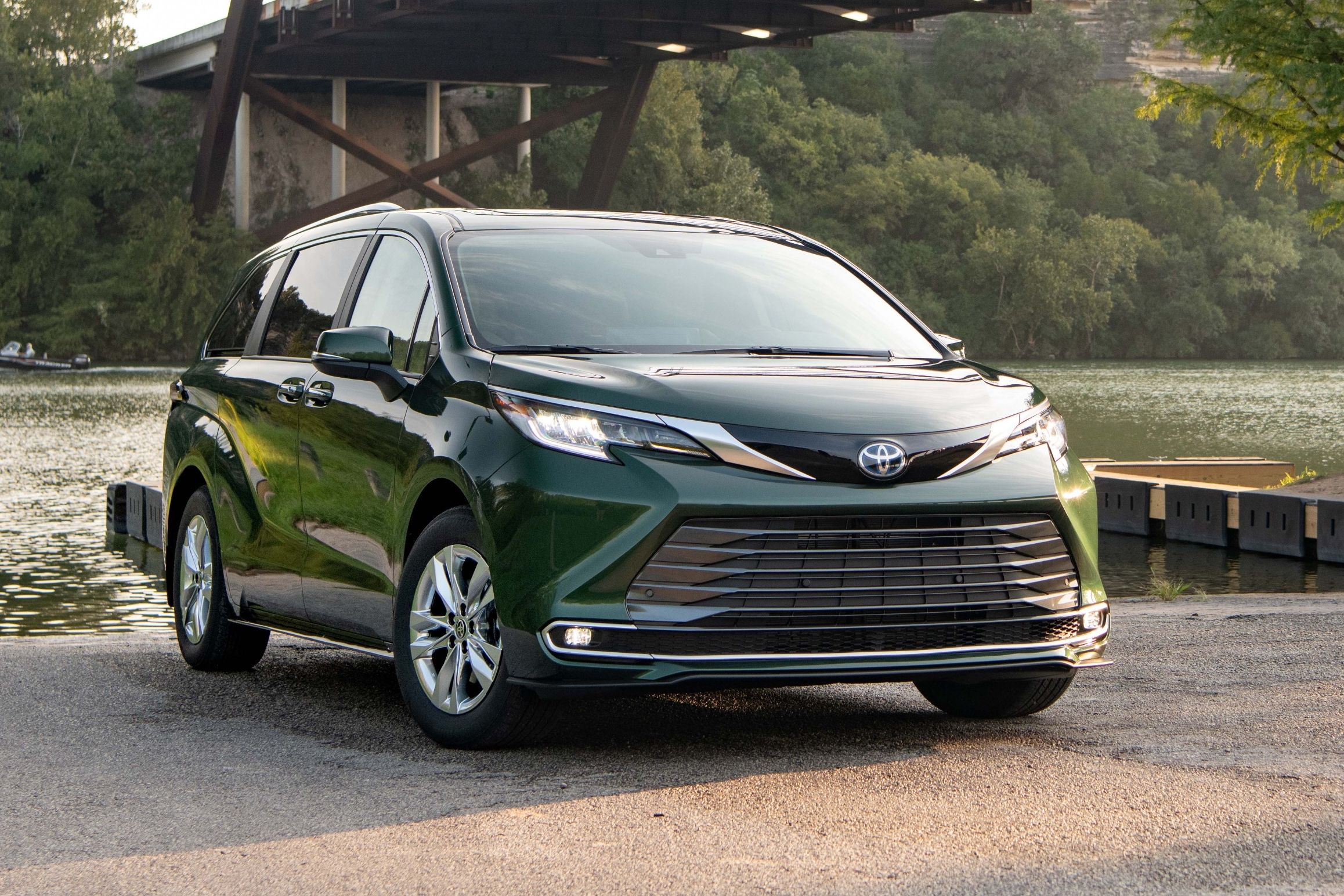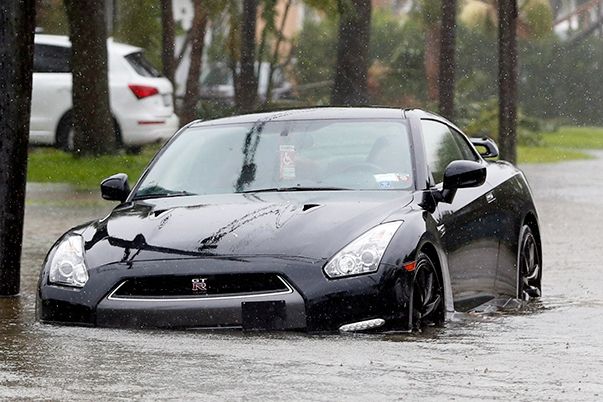
While carmakers deliver questionable products to certain parts of the world, new vehicles sold in America are generally a safe place to be in an accident. The NHTSA and IIHS subject countless vehicles to stringent crash protection tests which include front offset and side-impact simulations.
But as technology progresses, these honorable organizations have expanded their tests to evaluate systems such as pedestrian detection, for example. This isn't sufficient for ANCAP (Australasian New Car Assessment Program), though. From 2023, the safety organization will begin testing new vehicles in an important but oft-forgotten area - water submersion.
As per Car Expert, this decision follows from disastrous floods that have hit Australia, with ANCAP CEO Carla Hoorweg reinforcing the importance of these planned tests. "While it is important never to deliberately enter flood waters in your vehicle, recent flooding events have again reminded us that flooding can unexpectedly take a vehicle and its occupants."
This may sound like a very expensive exercise but floods in certain parts of the US have shown us just how important this is. So, how will this work? Well, it seems that ANCAP won't actually submerge each and every vehicle it assesses into a body of water. Instead, the onus is on the manufacturer to prove the electric windows are still operational for up to ten minutes underwater. What's more, the doors must be able to open without assistance from the battery.
These requirements will, in theory, allow occupants of a submerged vehicle time to escape without added fuss. If a manufacturer cannot provide indisputable proof that the windows will work underwater, it needs to provide a system that allows passengers to break the side windows and escape. ANCAP has also said this escape procedure needs to be documented in the vehicle's manual.
Like the rest of the safety evaluations, various makes and models will garner points based on the protection measures provided by the manufacturer.
However, these new testing measures are only expected to kick in from January 2023, allowing carmakers to head back to the drawing board if slight changes need to be made. Another key change that seeks to create safer vehicles for the Australian region is the advent of rear seat reminder systems.
Last year, in the United States alone, a staggering 23 children died after being left in an unattended vehicle. The inclusion of this important feature in a testing regime will, hopefully, make these tragic events a thing of the past. Interestingly, Toyota has been working on a brilliant system that someday will be implemented in vehicles like the Sienna.
Known as Cabin Awareness, the patent-pending technology makes use of high-resolution 4D imaging radar to alert the driver that a child or pet is still in the vehicle. If somehow, you miss all the alerts and warnings, the system is able to alert you via your smartphone, home devices or, if worst comes to worst, contact emergency services.

